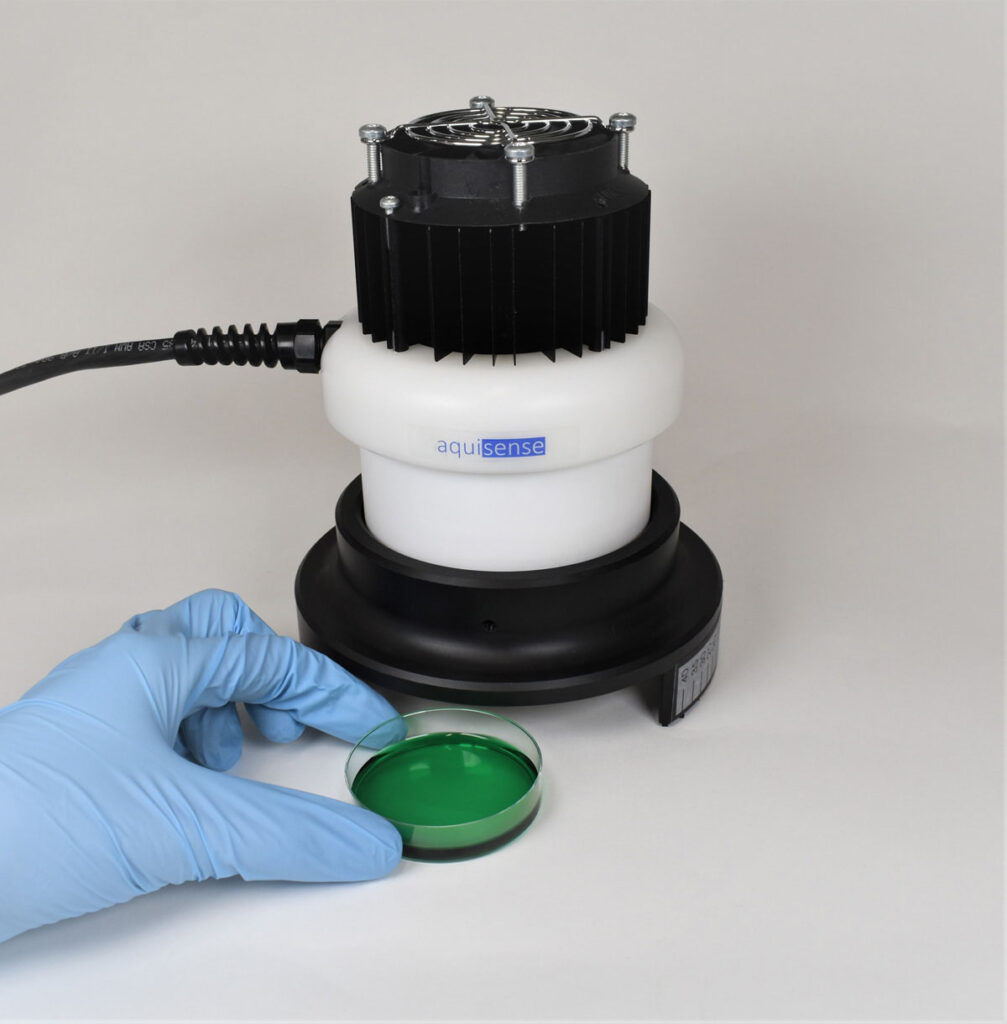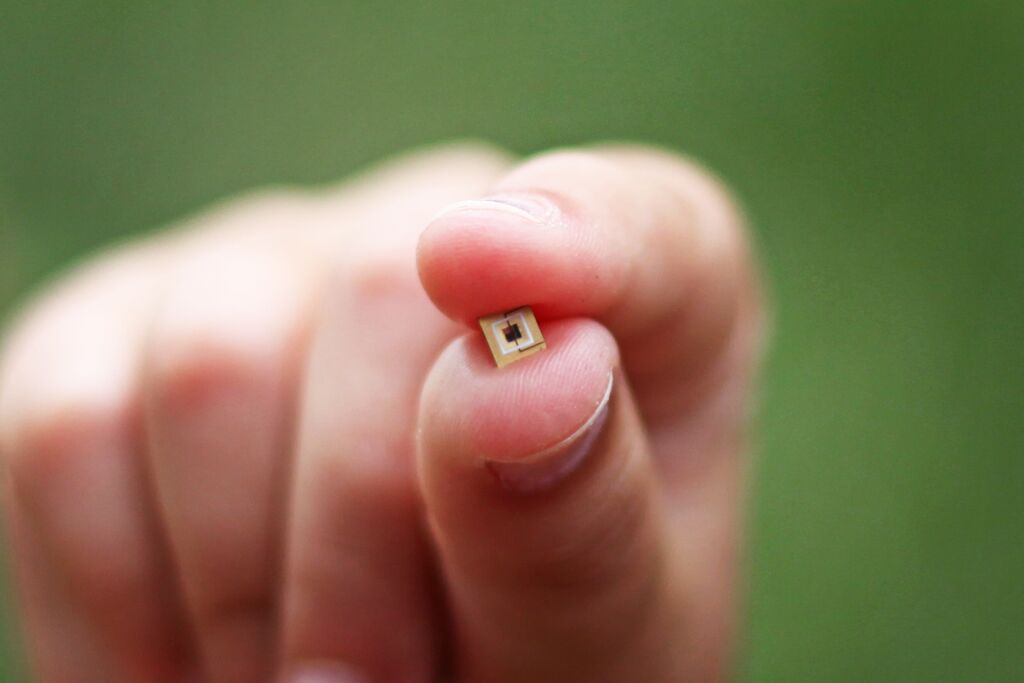In my work on UV imaging, I’m always on the lookout for suppliers who can offer solutions for UV lighting. Normally, I’d use xenon flash systems, xenon and mercury xenon continuous light and fluorescent sources. Problem with all these is that you get a lot of unwanted wavelengths, and when using a camera for UV photography, what you don’t want is lots of visible and IR light that needs to be filtered out. As such light emitting diode (LED) technology would seem to be an ideal solution as it can offer relatively narrow bandwidths in a small package without the need for additional filtration.
UV LED technology is evolving rapidly. A few years ago 365nm was pretty much all that was available, but the range of wavelengths available is now extending further and further into the short wavelength UV regions. This is being driven in no small part by the use of UV-C light for cleaning and sterilising materials, an area which has become even more important given what is going on globally at the moment.
I was recently searching for a collimated UV source that would be able to provide light in the 250nm to 300nm range for my UV microscope build, and this lead me to AquiSense Technolgies, and their PearlLab BeamTM system. This is a compact, collimated beam device which employs UV LEDs and emits radiation in the germicidal range. Its small size makes it ideal for use as a table top system, and it is available in a range of options from 1 to 3 different wavelengths. Normally used for imaging Petri dishes, I can see this type of technology becoming more and more widespread for the UV imaging and microscopy world, for both reflectance and fluorescence work, especially as LED powers and efficiencies continue to rise.
AquiSense Technologies is the global leader in UV-C LED systems design and manufacture. They work with leading LED manufacturers to evaluate their devices and then design efficient disinfection products. Using a combination of patented technology and in-depth know-how, AquiSense integrates LED devices into products that solve real world problems in water, air, and surface applications. You can find out more about their range of LED UV lighting solutions here.


